About this detail of the Tiger
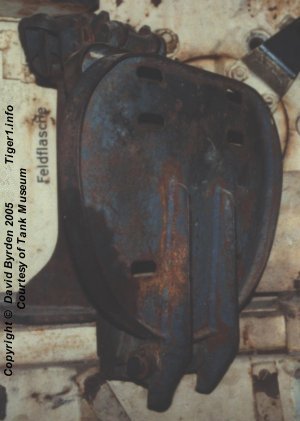
The commander of a Tiger 1 had a folding seat. This is the seat in the Bovington museum's vehicle, before restoration. The release lever of this example has been bent, the dark grey paint is wearing away, and the cushions are missing. They were of black leather, held in place by belts with buckles.
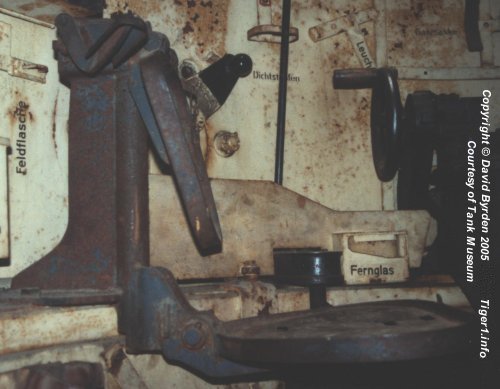
The seat had two folding pads and could be used in three ways. The upper pad allowed the commander to sit with his head out of the turret. The lower one allowed him to sit within the cupola and use the vision ports. Each pad became a backrest when folded away. When they were both folded, the commander could stand within the turret.
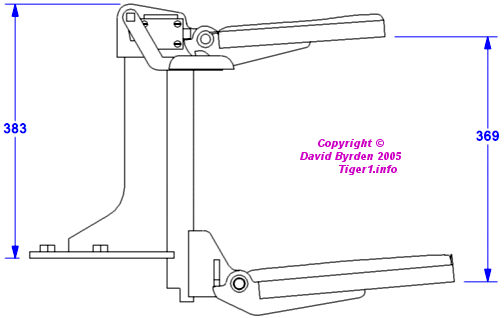
This diagram is a side view of a complete seat. A small cushion was strapped underneath the lower pad; the commander could lean against it when standing. I am not sure what this cushion looked like and so I have not drawn it.
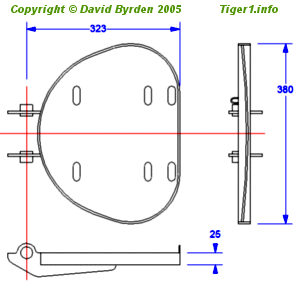
This is the lower seat pad, without its cushion. You can see the holes for the belts. At the front of the pad was a small metal loop. A chain with a hook could be attached here, to hold the pad in the folded position.
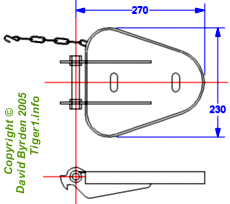
This is the upper seat pad, without its cushion. The chain was fixed to this pad. The hinge of this pad was spring-loaded.
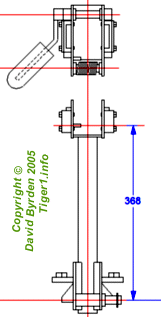
The seat had a welded metal framework, built around a hollow vertical tube. The framework was bolted to the top of the turret ring. At the top of the framework there were two metal boxes containing sliding bolts that would lock the upper pad into position. There was a lever to release these bolts.
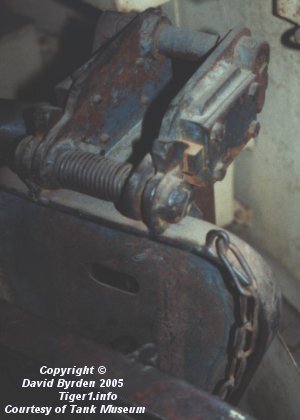
If you were sitting on the upper pad, with your head out of the turret, then pushing this lever down would cause it to collapse. Thus, you could drop out of sight quickly
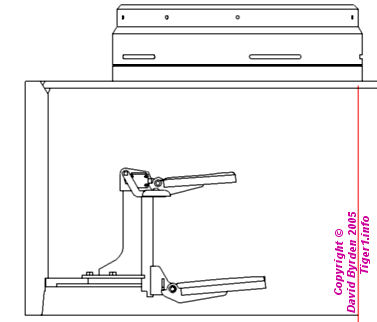
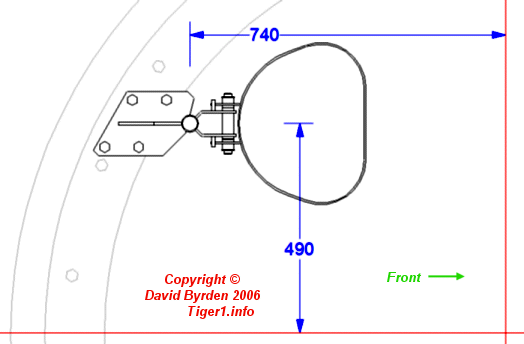
These diagrams show the position of the seat in the early turret. There was about 790mm vertical distance from the lower seat pad to the vision slits.
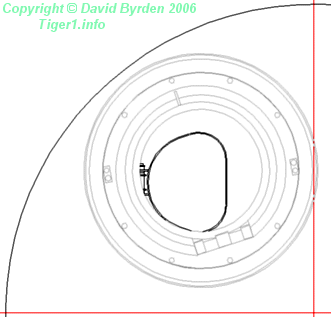
The seat was not precisely centered under the cupola, as this diagram shows.
In 1943 when the Tiger's turret was redesigned, the commander's seat underwent two changes. Firstly, the welded seat parts were replaced with a simpler stamped-metal design from the Tiger II project. Secondly, the seat was moved slightly, because the new cupola was lower than the original.
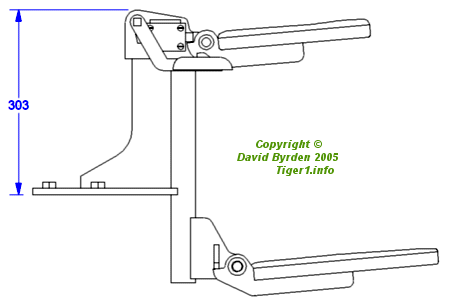
This diagram shows that the seat was made lower; the plate that attaches it to the cupola ring is in a different position.
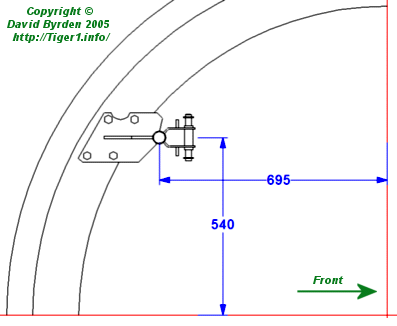
You can see from this diagram that the plate attaching the seat to the turret ring has a notch in it. This is because the seat has been moved to the left, to make room for the gun balance mechanism. The notch allows it to avoid the troublesome bolt on the turret ring.
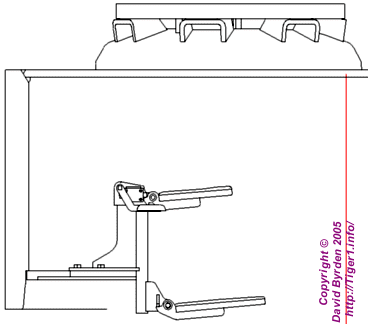
The new cupola is slightly to the right of the old one's position. So the seat is now 30mm to the left of the cupola. Again, there is about 790mm vertical distance from the seat cushion to the windows of the periscopes.
[1] Survey of Tiger 250122, at Bovington museum, by David Byrden
[2] Factory drawing 2AKF31861U1B11: Turmgehause (overall turret armour)